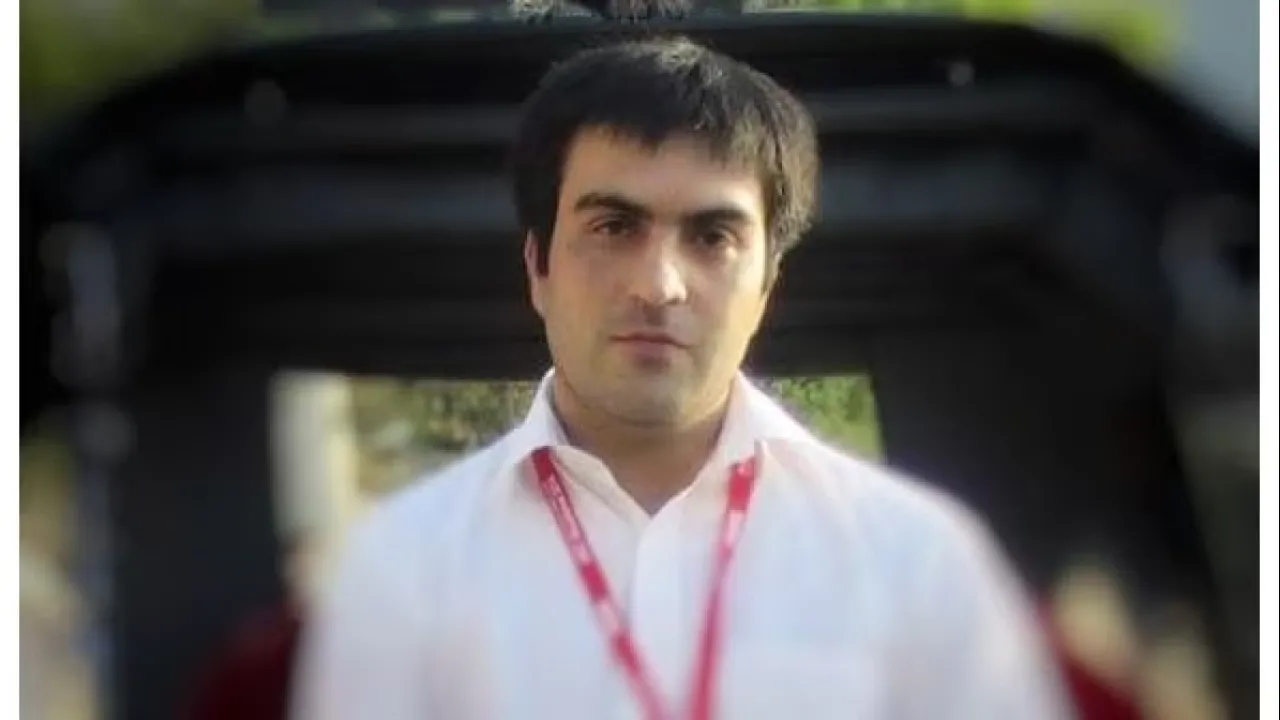
Ashraf Khan
About
Research Interests
Khan's research interest is mainly focused on the development of next-generation chargers for electric vehicles and advanced power converters for future renewable energy systems.
Professional Profile
- 2021: Research Scientist, KAUST, Thuwal, Saudi Arabia
- 2018-2020: Postdoctoral research and teaching fellow, University of British Columbia, Vancouver, Canada
Education Profile
- M.Sc combined Ph.D., Energy Engineering, Kyungpook National University, Daegu, South Korea, 2018
- B.Sc., Electronics Engineering, National University of Sciences and Technology, Islamabad, Pakistan, 2012
Dissemination
- Dual-Buck-Structured High-Reliability and High-Efficiency Single-Stage Buck–Boost Inverters
A. Khan, H. Cha
IEEE Transactions on Industrial Electronics.
Vol. 65, no. 4, pp. 3176 – 3187, (Apr. 2018). - High-Efficiency Single-Phase AC–AC Converters Without Commutation Problem
A. A. Khan, H. Cha and H. F. Ahmed
IEEE Transactions on Power Electronics.
Vol. 31, no. 8, pp. 5655 - 5665, (Aug. 2016). - Three-Phase Three-Limb Coupled Inductor for Three-Phase Direct PWM AC–AC Converters Solving Commutation Problem
A. A. Khan, H. Cha and H. Kim
IEEE Transactions on Industrial Electronics.
Vol. 63, no. 1, pp. 189 - 201, (Jan. 2016). - Cascaded Dual-Buck Inverter with Reduced Number of Inductors
A. A. Khan, H. Cha and J. Lai
IEEE Transactions on Power Electronics.
Vol. 33, no. 4, pp. 2847-2856, (April 2018). - Coupled-Inductor Buck–Boost Inverter with Reduced Current Ripple
A. A. Khan et al.
IEEE Transactions on Power Electronics.
Vol. 35, no. 8, pp. 7933-7946, (Aug. 2020). - Improved NPC Inverters Without Short-Circuit and Dead-Time Issues
A. A. Khan, U. A. Khan, H. F. Ahmed, H. Cha and S. Ahmed
IEEE Transactions on Power Electronics.
Vol. 37, no. 2, pp. 2180-2190, (Feb. 2022). - Novel Transformerless Buck–Boost Inverters Without Leakage Current
A. A. Khan, Y. W. Lu, U. A. Khan, L. Wang, W. Eberle and M. Agamy
IEEE Transactions on Industrial Electronics.
Vol. 67, no. 12, pp. 10442-10454, (Dec. 2020). - Novel Multilevel Inverters Based on AC–AC Converter for Photovoltaic Applications
A. A. Khan, W. Eberle, L. Wang, U. A. Khan, S. Ahmed and M. Agamy
IEEE Journal of Emerging and Selected Topics in Power Electronics.
Vol. 9, no. 3, pp. 3384-3393, (June 2021). - A Series Resonant Energy Storage Cell Voltage Balancing Circuit
Y. Yu, R. Saasaa, A. A. Khan and W. Eberle
IEEE Journal of Emerging and Selected Topics in Power Electronics
Vol. 8, no. 3, pp. 3151-3161, (Sept. 2020). - Elimination of Filter Inductor in Switching Cell AC–AC Converters Using Magnetic Integration
A. A. Khan, H. Cha, H. F. Ahmed and H. Kim
IEEE Transactions on Power Electronics
Vol. 31, no. 9, pp. 6317-6326, (Sept. 2016).
Professional Memberships
- Senior Member, Institute of Electrical and Electronics Engineers (IEEE)
- Power Electronics Society (PES) Member
- Industrial Electronics Society (IES) Member
- Korean Power Electronics Society (KPES) Member
Awards and Distinctions
- Natural Sciences and Engineering Research Council (NSERC) Canada Postdoctoral Award
- IEEE best paper award
- Kyungpook National University Honors Award for PhD studies
- ICT & R&D Fund Presidential award for BS Studies
- National University of Sciences and Technology (NUST) academic excellence award during BS studies
- Kyungpook National University Travel awards for the USA, Japan, Taiwan, China, and Switzerland during PhD studies
- Brain Korea (BK) best researcher awards during PhD studies
Quote
Due to increasing greenhouse gas emissions and depleting fossil fuels, we should diligently work on renewable energy and electric vehicle technologies on an urgent basis for the betterment of the world’s future
